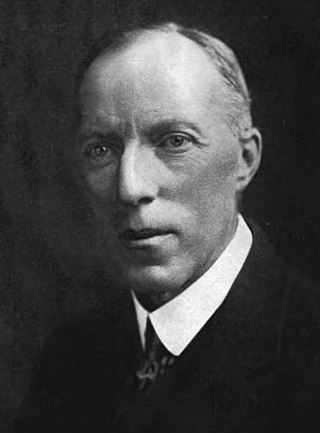
Cecil James Sharp was an English collector of folk songs, folk dances and instrumental music, as well as a lecturer, teacher, composer and musician. He was a key figure in the folk-song revival in England during the Edwardian period. According to Roud's Folk Song in England, Sharp was the country's "single most important figure in the study of folk song and music."
Green Grow the Rushes, O, is an English folk song. It is sometimes sung as a Christmas carol. It often takes the form of antiphon, where one voice calls and is answered by a chorus.
"Tom Dooley" is a traditional North Carolina folk song based on the 1866 murder of a woman named Laura Foster in Wilkes County, North Carolina by Tom Dula. One of the more famous murder ballads, a popular hit version recorded in 1958 by The Kingston Trio reached No. 1 on the Billboard Hot 100 singles chart, was in the top 10 on the Billboard R&B chart, and appeared in the Cashbox Country Music Top 20.

Jean Ruth Ritchie was an American folk singer, songwriter, and Appalachian dulcimer player, called by some the "Mother of Folk". In her youth she learned hundreds of folk songs in the traditional way, many of which were Appalachian variants of centuries old British and Irish songs, including dozens of Child Ballads. In adulthood, she shared these songs with wide audiences, as well as writing some of her own songs using traditional foundations.

Songcatcher is a 2000 drama film directed by Maggie Greenwald. It is about a musicologist researching and collecting Appalachian folk music in the mountains of western North Carolina. Although Songcatcher is a fictional film, it is loosely based on the work of Olive Dame Campbell, founder of the John C. Campbell Folk School in Brasstown, North Carolina, and that of the English folk song collector Cecil Sharp, portrayed at the end of the film as professor Cyrus Whittle. The film grossed $3 million in limited theatrical release in the United States, which was generally considered as a respectable result for an arthouse film release in 2001.
"I Saw Three Ships (Come Sailing In)" is an English Christmas carol, listed as number 700 in the Roud Folk Song Index. The earliest printed version of "I Saw Three Ships" is from the 17th century, possibly Derbyshire, and was also published by William Sandys in 1833. The song was probably traditionally known as "As I Sat On a Sunny Bank", and was particularly popular in Cornwall.
"The Water Is Wide" is a folk song of Scottish origin. It remains popular in the 21st century. Cecil Sharp published the song in Folk Songs From Somerset (1906).
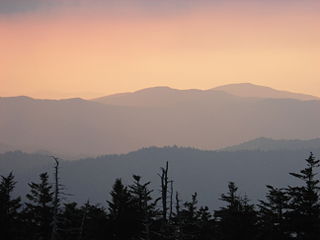
"On Top of Old Smoky" is a traditional folk song of the United States. As recorded by The Weavers, the song reached the pop music charts in 1951. It is catalogued as Roud Folk Song Index No. 414.

Appalachian music is the music of the region of Appalachia in the Eastern United States. Traditional Appalachian music is derived from various influences, including the ballads, hymns and fiddle music of the British Isles, and to a lesser extent the music of Continental Europe.
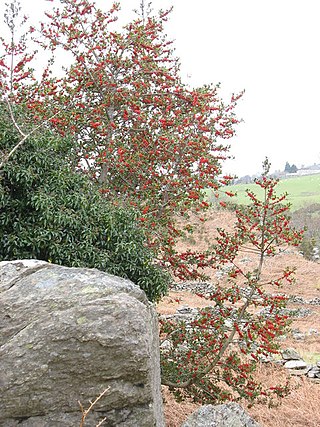
"The Holly and the Ivy" is a traditional British folk Christmas carol, listed as number 514 in the Roud Folk Song Index. The song can be traced only as far as the early nineteenth century, but the lyrics reflect an association between holly and Christmas dating at least as far as medieval times. The lyrics and melody varied significantly in traditional communities, but the song has since become standardised. The version which is now popular was collected in 1909 by the English folk song collector Cecil Sharp in the market town of Chipping Campden in Gloucestershire, England, from a woman named Mary Clayton.

"I Wonder as I Wander" is a Christian folk hymn, typically performed as a Christmas carol, written by American folklorist and singer John Jacob Niles. The hymn has its origins in a song fragment collected by Niles on July 16, 1933.
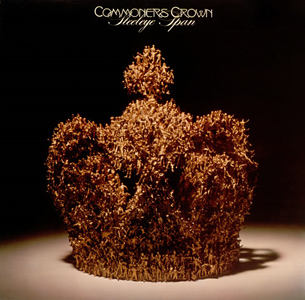
Commoners Crown is the seventh studio album by British folk rock band Steeleye Span, released in 1975 by Chrysalis Records. It was their second album with the band's most commercially successful line-up. The album reached number 21 in the UK album charts.
The Farmer's Curst Wife is a traditional English language folk song listed as Child ballad number 278 and number 160 in the Roud Folk Song Index.
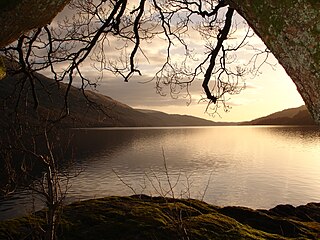
"The Bonnie Banks o' Loch Lomond", or "Loch Lomond" for short, is a Scottish song. The song prominently features Loch Lomond, the largest Scottish loch, located between the council areas of West Dunbartonshire, Stirling and Argyll and Bute. In Scots, "bonnie" means "attractive", "beloved", or "dear".

Carola Christina Standertskjöld-Liemola, professionally known as Carola, was a Finnish jazz and pop singer. Her style was partially inspired by American singers of the 1950s. Simultaneously, it was in the spirit of the modal jazz scene going down in Europe in the 1960s. Mostly, Carola's jazz repertoire consisted in idiosyncratic versions of American songs in English, while her most famous jazz track "The Flame" was an original composition by Esa Pethman and the lyrics by the singer herself. As the vocalist for Esa Pethman's quartet and Hazy Osterwald's sextet in the early 1960s, Carola made fame in Finland and Sweden, and toured Poland, Czechoslovakia, and Switzerland. Her most significant recording is a session with the Heikki Sarmanto Trio from 1966, which the Finnish Music Information Centre considers among the original blueprints of Finnish jazz. Carola's recordings have been credited for the accosting tone of her contralto voice and her phrasing. The singer also co-produced the groovy approach of her supporting orchestras. In late 1960s and early 1970s, she performed in nine languages and a wide variety of styles, including chanson, schlager, Latin, rock'n'roll, and soul. After her death of Alzheimer's disease in 1997, Carola's music was revived in 2004 with two Best of albums and Carola & Heikki Sarmanto Trio reaching the Finnish charts.
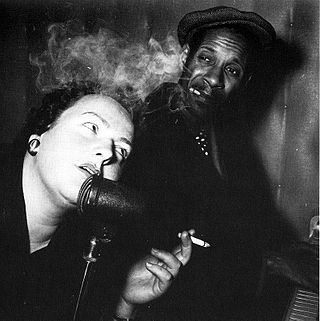
James Bryant Woode was an American jazz bassist. He played and/or recorded in bands with Flip Phillips, Sarah Vaughan, Ella Fitzgerald, Charlie Parker, Duke Ellington, Coleman Hawkins, Nat Pierce, Sidney Bechet, Billie Holiday, Jaki Byard, Earl Hines, Jimmy Witherspoon, Clark Terry and Miles Davis.
"Children, Go Where I Send Thee" is a traditional African-American spiritual song. Among the many different versions of the song, a defining feature is the cumulative structure, with each number accompanied by a biblical reference. Today, many Americans know it as a Christmas carol.
Dillard Chandler was an American Appalachian Folk singer from Madison County, North Carolina. His a cappella performances on compilation albums were recorded by folklorist and musicologist John Cohen.
"Cripple Creek" is an Appalachian-style old time tune and folk song, often played on the fiddle or banjo, listed as number 3434 in the Roud Folk Song Index.

"Rain and Snow", also known as "Cold Rain and Snow", is an American folksong and in some variants a murder ballad. The song first appeared in print in Olive Dame Campbell and Cecil Sharp's 1917 compilation English Folk Songs from the Southern Appalachians, which relates that it was collected from Mrs. Tom Rice in Big Laurel, North Carolina in 1916. The melody is pentatonic.











